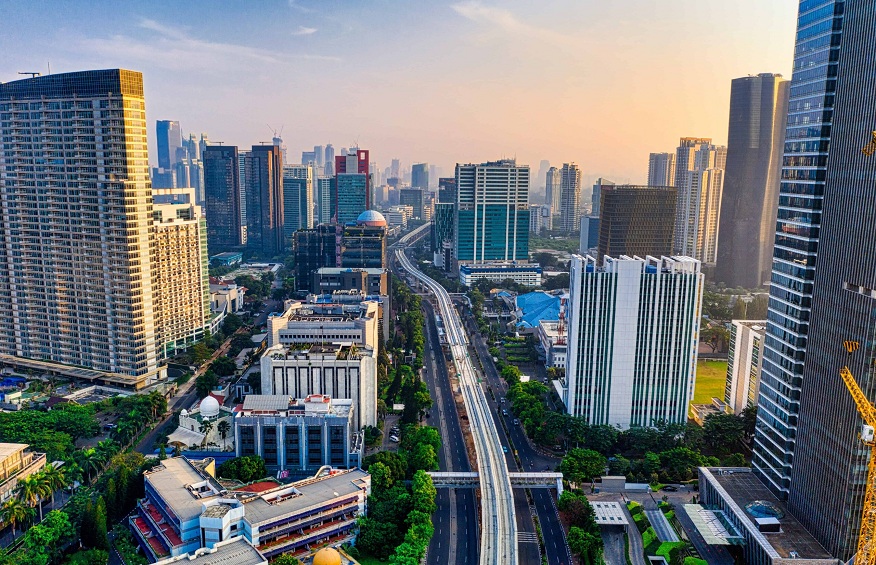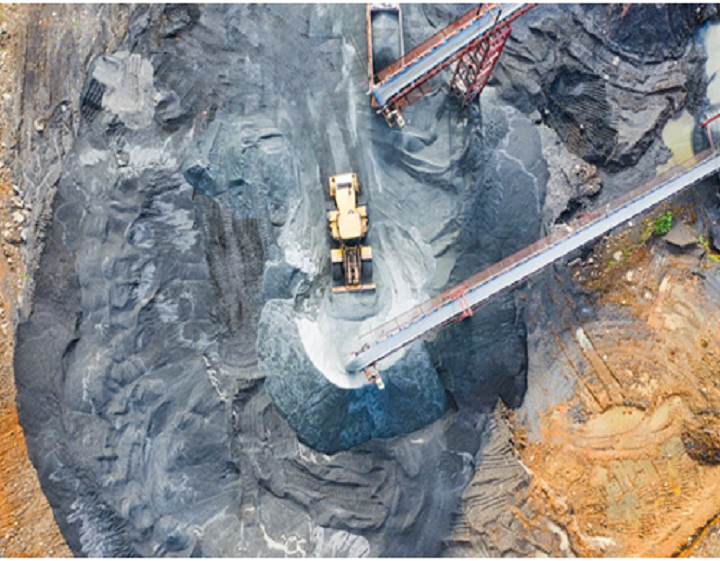The goal of smart city solutions is to increase efficiency, sustainability, and quality of life via the application of technology. Smart cities may help the environment, urban planning, technology adoption, and communities in a variety of ways by integrating information as well as the communication technologies into infrastructure and services.
1. Environment
Urban environments’ environmental sustainability may be considerably increased through smart city technology. Smart street lighting, which automatically changes light levels based on factors including ambient light as well as foot traffic, is one of the primary methods. Compared to conventional streetlights, which are constantly on and waste electricity even when not needed, this results in significant energy savings. When not in use, such as late at the night when nobody is present, lights may be muted or turned off thanks to the sensors and connection.
Smart waste management is another option that uses information from Internet of Things sensors on collection containers to optimize garbage and recycling pickup routes. In order to save unnecessary truck trips for mainly empty bins, the systems schedule pickups only when necessary and the sensors track fill levels. This drastically lowers the amount of gasoline that collecting trucks use. By tracking use and spotting leaks early on, smart water management also saves resources. Then, cities may invest wisely in infrastructure to modernize systems and increase long-term water as well as energy efficiency.
In addition to saving the environment, sponsoring green construction efforts has other advantages. Real-time insights into energy and water use are provided via smart meters as well as building automation. This encourages residents and property managers to cut back on usage wherever feasible. Smart microgrids that can adjust to erratic solar or wind power supply make integrating renewable energy sources easier. Overall, digital technologies are used in smart cities to optimize resource use and reduce their carbon impact.
2. Planning & Architecture
Smart city technologies offer crucial information that aids urban designers in creating public infrastructure and transit systems that are more effective. Cities are equipped with sensors that continuously gather information on pedestrian activity, traffic patterns, and use of public transportation. Planners now have a complete picture of how individuals as well as vehicles move across cities thanks to this data. Data from smart parking systems may be used by planners to better analyze parking demand and distribute spots. Smart parking sensors let vehicles find available spaces faster and with less fuel use. Similar to this, traffic flow is monitored by smart traffic management systems with the sensors, cameras, and adaptive traffic lights. They improve the flow of traffic Architecture & Planning
Smart city technologies offer crucial information that aids urban designers in creating public infrastructure and transit systems that are more effective. By dynamically modifying signal timings according to present vehicle volumes, S and reduce delays. On a bigger scale, combining data from various smart technologies enables planners to create public areas and transportation networks using evidence-based judgments. They are able to create sustainable, well-connected networks that ease congestion. Planners also get knowledge of how citywide sensors that gather real-time information on traffic patterns, use of public transit, and pedestrian mobility. Planners now have a complete picture of how individuals and automobiles move across cities thanks to this data.
Data from smart parking systems may be used by planners to better analyze parking demand and distribute spots. Smart parking sensors direct vehicles to open spaces, cutting down on the time and fuel lost in searching and creating pedestrian-friendly public places. Future cities with better emergency response times will be more liveable and efficient thanks to the data-driven approach enabled by smart city technology. Similar to this, traffic flow is monitored by smart traffic management systems with the sensors, and cameras, as well as adaptive traffic lights. By dynamically altering signal timings based on present vehicle volumes, they maximize traffic flow and reduce waits.
3. Technology
Any endeavor to create a smart city is built on technology. A smart city, at its foundation, uses the most recent technological advancements to improve infrastructure as well as public services. For residents, companies, and the local government, this has enormous advantages. Residents now have better access to services because of technology. Through open Wi-Fi, smart city networks offer high-speed internet connectivity. This makes it possible for citizens to access important government services like online bill and permit payment.
Additionally, it provides 24/7 access to healthcare and educational information via digital devices. Accessibility is further improved through intelligent transportation technology. Public transportation wait times are decreased via mobile applications along with real-time transit updates using linked screens at bus stops. Cycling is increasingly convenient thanks to IoT-powered bike sharing applications. On the business side, integrated smart infrastructure fosters a creative atmosphere that draws new businesses.
On top of the city’s open data platforms, startups may create solutions. This creates new business and employment prospects in the technology sector. Additionally, it promotes the development of talents in new industries. Overall, by improving current processes, technology adoption helps cities become more future-proof. It raises living conditions while putting towns in a position to gain from emerging technologies. In the end, smart city technologies create the framework for a tolerant and sustainable urban growth.
4. Community
By enhancing resident quality of life, smart city technologies have a direct positive influence on communities. These ideas seek to improve city connectivity, accessibility, and citizen responsiveness. Citizens may report problems like overflowing trash cans immediately from their mobile devices using smart waste management applications.
According to crowdsourced location data from citizens, cities may then prioritize cleanups and improve rubbish collection routes. As a result, the service is more effective and responsive to community requirements. Smart solutions like IoT-based emergency response systems, networked security cameras, and emergency call boxes also improve community safety. These enable quicker emergency assistance when problems are reported, which enhances public safety networks.
Platforms for smart cities and open data encourage civic engagement. Through digital channels, residents may obtain notices, offer input, and participate in local decision-making processes. Greater accountability and openness are promoted as a result. Additionally, it strengthens social cohesiveness within communities. In general, smart city technologies that increase accessibility and connectivity significantly enhance local citizens’ quality of life. They encourage increased social connections, civic involvement, and public health among neighborhood residents.
Conclusion
When implemented comprehensively, smart city solutions from companies like Planet Smart City offer broad advantages across industries. Urban planning as well as management that is data-driven may improve living conditions, better use resources, and future-proof communities for future generations. The promise of smart cities is fulfilled when technology is used to strengthen communities and enhance quality of life.






